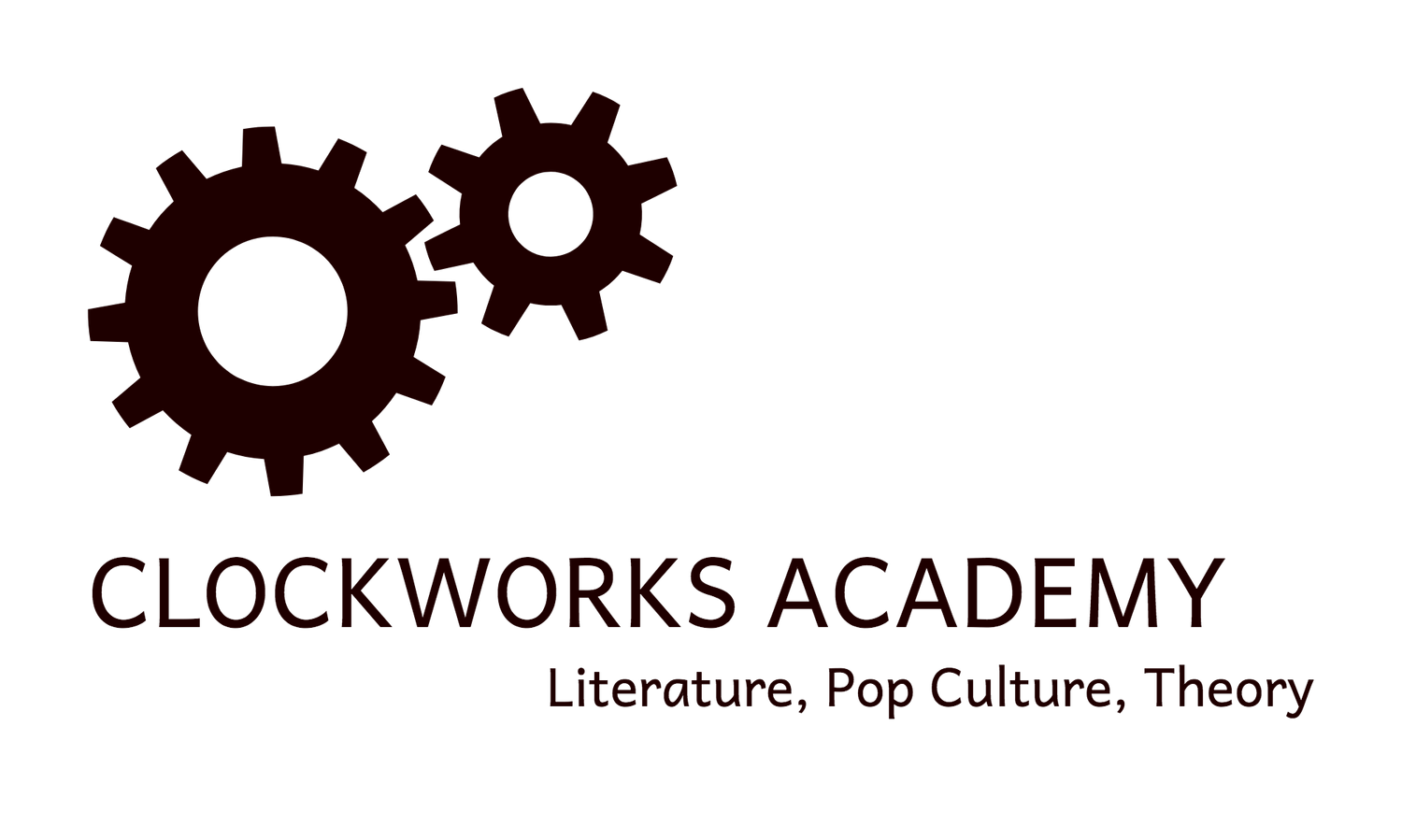Dracula Adaptations
Bram Stoker’s Dracula has been a popular best-seller since it was first published in 1897. It was immediately considered for adaptation. Bram Stoker himself was a friend and business manager of one of the most famous actors of his day, Sir Henry Irving. Stoker wanted Irving to perform as Dracula in a stage adaptation of the book. You can read more about Sir Henry Irving here.
Henry Irving never did play Dracula, and there was no stage Dracula adaptation while Bram Stoker was alive. However, the book was adapted into a play starring Bela Lugosi in 1924. Bela Lugosi, of course, went on to star in the 1931 film adaptation which is still the most lasting popular idea of who Dracula is.
Since then Dracula has been adapted to film more than 200 times, and each new adaptation re-imagines Bram Stoker’s original book for a new context. How successful are these adaptations? That’s a loaded question that depends on the assumptions you have about what constitutes a successful adaptation. Is it faithfulness to the original? Or is it bringing something new to the old material? Or is it simply the quality of the final product, judged on its own merits?
No matter how many adaptations of Dracula exist, the original novel by Bram Stoker will still exist as well. No adaptation can erase its source material. So why not spend some time with the original, and read Bram Stoker’s Dracula with me? You can register for the course here, and when you’ve spent some time studying the book with me, be sure to let me know what your favourite adaptation is!


